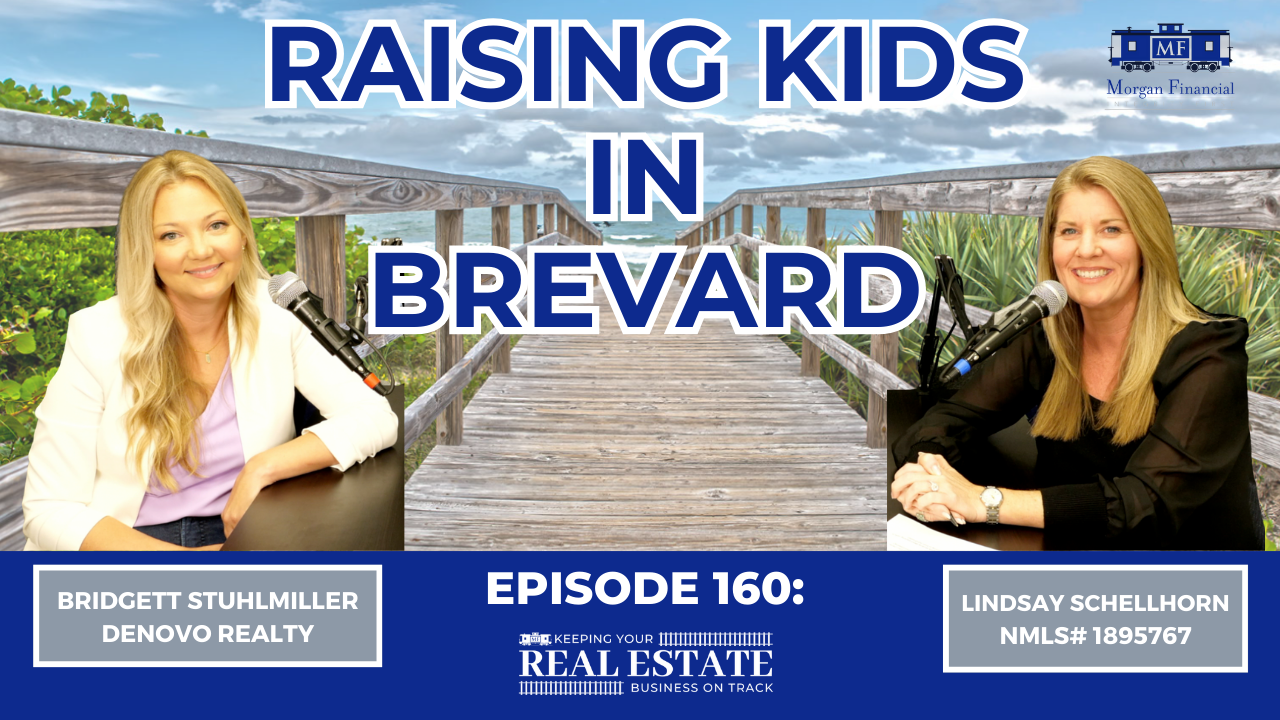Blog

Can the Seller Really Pay All Your VA Closing Costs in Brevard County?
VA loans allow sellers to pay all closing costs and up to 4% in concessions, which helps veterans in Brevard County move in with very little or sometimes $0 due at closing.

How to Sell Your Home in 2026: Proven Strategies That Work
Selling a home in 2026 isn’t what it used to be. Today’s buyers are informed, strategic, and picky. Learn the key home selling strategies for 2026 that will help you price right, prep smart, and close faster in a shifting market.

What Credit Score Do You Need for a VA Loan in Brevard County?
Many veterans are surprised to learn the VA doesn’t set a minimum credit score. Discover what lenders actually look for — and how veterans in Brevard County can qualify even if their score isn’t perfect.

How to Get Your Certificate of Eligibility (COE) for a VA Loan in Brevard County
Your Certificate of Eligibility (COE) proves that you qualify for a VA home loan. Here’s how veterans in Brevard County can get their COE fast — and why a local lender can make the process easier.

Proven Listing Strategy for Brevard County Sellers: How to Stand Out
Learn the proven listing strategy Brevard County sellers need to attract buyers fast. From pricing to marketing, here’s how to stand out in the Melbourne, FL market.

2026 Conforming Loan Limits Are Increasing — Here’s What It Means for Brevard County Homebuyers
2026 conforming loan limits are rising to $832,750 in Brevard County — giving local buyers more flexibility and access to inventory. Here’s what that means for your home-buying plans.

Raising a Family in Brevard: What It’s Really Like on Florida’s Space Coast
Thinking of moving to Brevard County, FL with your family? Discover what it’s really like to raise kids on the Space Coast — from top neighborhoods and school options to insider tips from local Realtor and mom, Bridget Stewiller.

VA Loans in Brevard County: Do They Really Require $0 Down?
Veterans in Brevard County can buy a home with $0 down using the VA loan benefit they earned. Here’s how it works in Melbourne, Palm Bay, Titusville, and throughout the Space Coast — including options to reduce or eliminate closing costs.

VA Loans Don’t Have to Be Challenging: Why the Right Lender Makes All the Difference
VA loans aren’t complicated when you’re working with an experienced VA lender. Learn how Morgan Financial helps veterans close quickly and confidently on the Space Coast.
